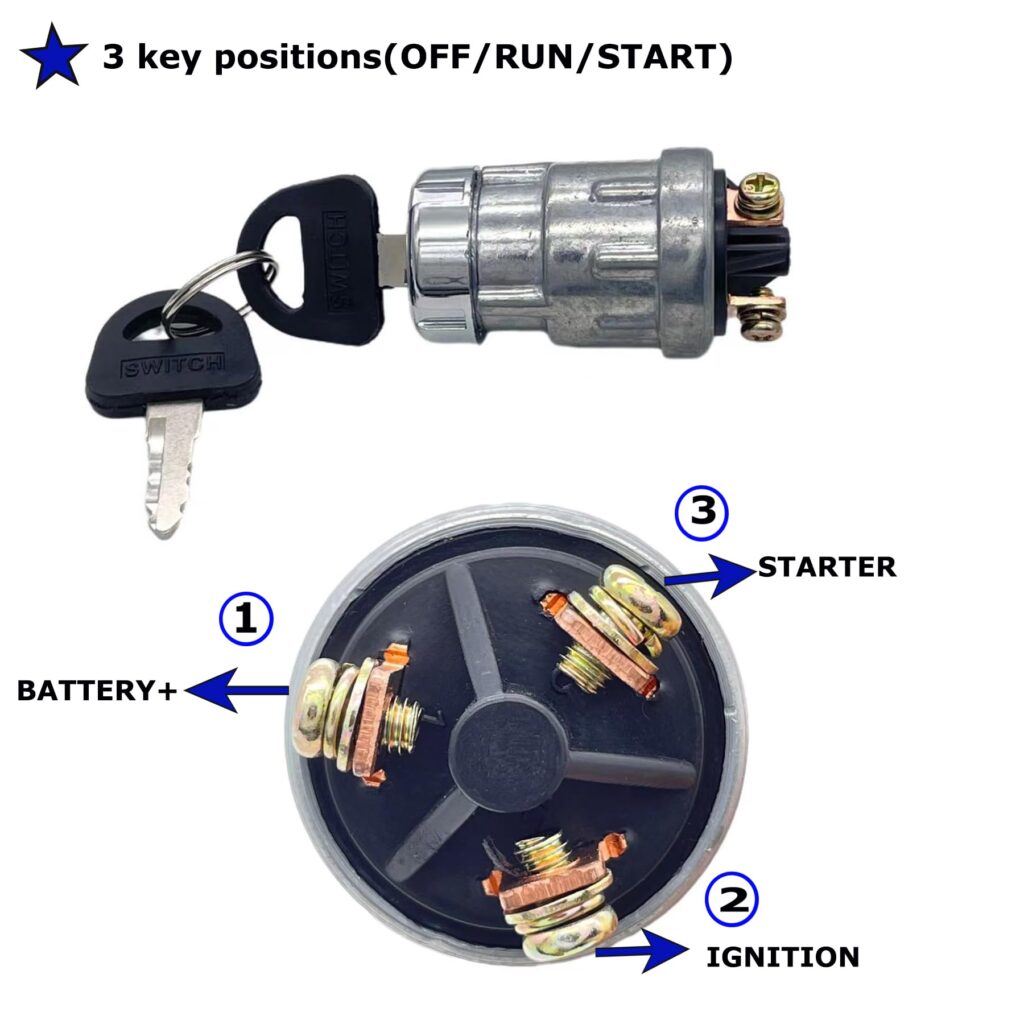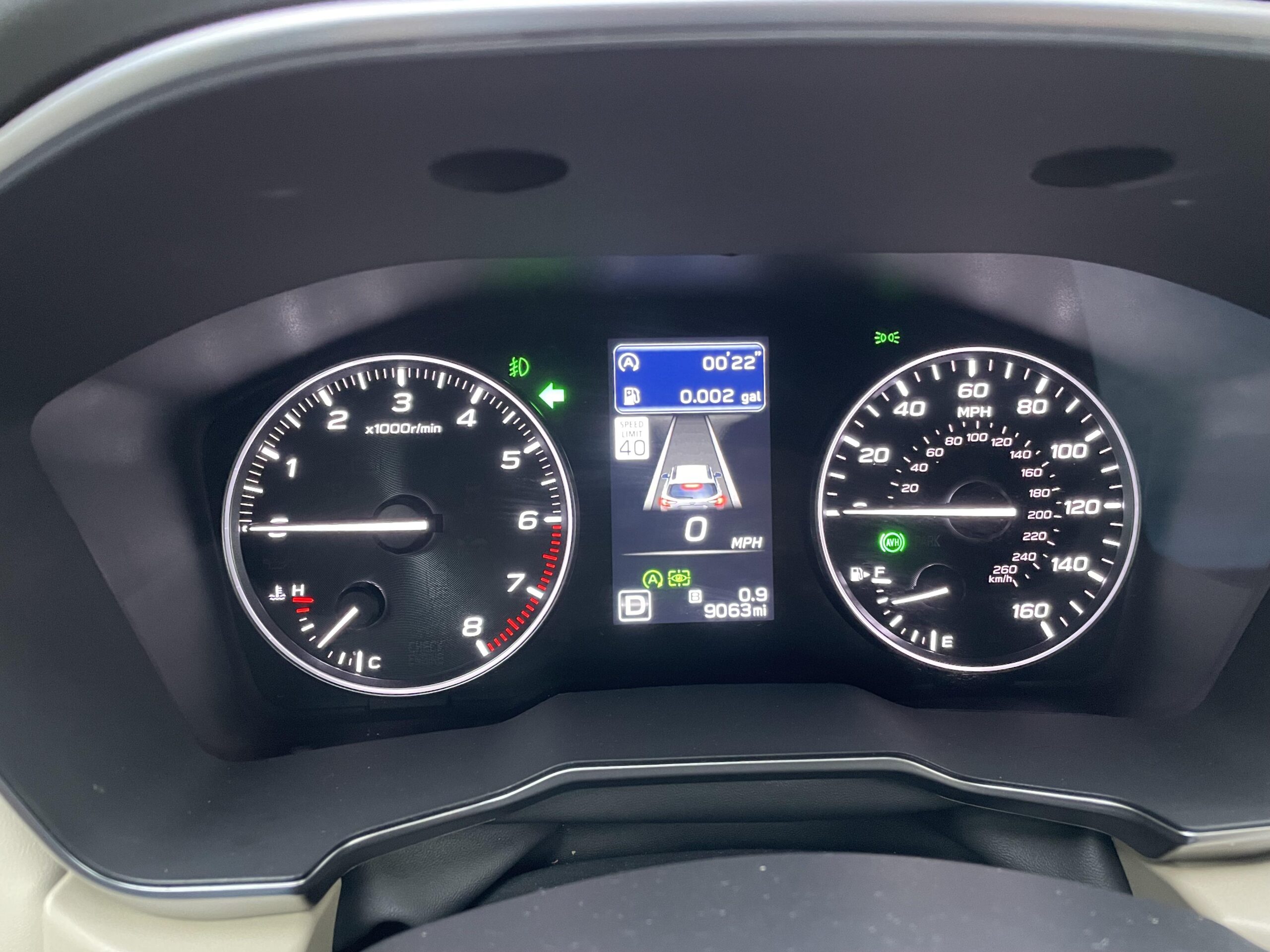Turning the ignition on and off three times is a common practice that many drivers encounter, especially when dealing with vehicle diagnostics. This simple action, often required for troubleshooting issues or resetting the system, can provide valuable insights into your vehicle’s health. Understanding why this procedure is important can save you time and money in vehicle maintenance.
The Basics of the Ignition System
An ignition system is essential for starting any vehicle. It ignites the air-fuel mixture in the engine’s cylinders, ensuring that the engine runs smoothly. When you turn the ignition key, power is sent to various components, such as the fuel pump, ignition coils, and onboard computers. Each of these components plays a vital role in your vehicle’s operation.
However, modern vehicles are complex machines filled with numerous electronic systems. Occasionally, these systems need to be reset or diagnosed to function correctly. Turning the ignition on and off three times creates an opportunity for the vehicle’s onboard computer to run self-diagnostics, helping to identify problems without the need for specialized equipment.

Understanding the Diagnostic Process
When you turn the ignition on and off three times, your vehicle’s onboard diagnostic (OBD) system begins a self-check. This process allows the car’s computer to conduct a series of assessments on various sensors and systems throughout the vehicle. Turning the ignition off and on resets the system, allowing it to recalibrate.
In many cases, drivers will need to perform this action when a dashboard warning light appears. By cycling the ignition, the driver can often access trouble codes or reset the warning light without having to visit a mechanic. This is particularly useful for addressing minor issues that may be corrected without professional intervention.
Common Scenarios Where This Procedure is Used
-
- Check Engine Light: One of the most common reasons for turning the ignition on and off three times is to deal with the check engine light. When illuminated, it signifies that the vehicle’s computer has detected an issue. By cycling the ignition, drivers can sometimes reset the light or retrieve any diagnostic trouble codes related to the engine.
-
- Faulty Sensors: Various sensors throughout your vehicle, such as oxygen sensors or mass airflow sensors, may malfunction, triggering warning lights. By performing the three-key cycle, drivers can either reset these sensors or diagnose which one is causing the issue.
-
- Wireless Key Fob Programming: Numerous vehicles require the ignition to be cycled to program a new key fob. This acts as a security measure, ensuring that only authorized keys can start the vehicle.
Each vehicle model may have unique requirements, but the general principle remains consistent. The three-cycle ignition method can help troubleshoot and reset crucial systems efficiently.
Benefits of Resetting the Ignition
Resetting the ignition using the three-turn method offers several advantages for vehicle owners. By performing this action, drivers can:
-
- Identify Problems Early: The early detection of issues can prevent more severe problems down the line. A malfunctioning sensor can lead to reduced fuel efficiency or increased emissions. By addressing these problems early through a simple reset, drivers can avoid costly repairs.
-
- Save Money: Visiting a mechanic for every little issue can add up. By learning how to perform the ignition reset yourself, you can save on diagnostic fees. This practice promotes a better understanding of your vehicle, empowering owners to take care of minor issues on their own.
-
- Enhance Vehicle Performance: Sometimes, a simple reset can enhance how your vehicle performs. Systems that are improperly calibrated can lead to reduced performance. By resetting these systems, you ensure that they operate efficiently, giving you a smoother driving experience.
Limitations of the Ignition Reset Method
While the three-turn ignition method has its advantages, it does have limitations. Not all vehicle issues can be resolved through this reset. Some problems may require professional diagnostics or specialized equipment to identify and fix.
Additionally, repeatedly cycling the ignition might not work if there are underlying issues with the vehicle’s computer or if the warning light is indicative of a more severe malfunction. Relying solely on this method can sometimes lead to neglecting significant repairs.
When to Seek Professional Help
Despite the usefulness of the ignition reset method, there are situations where you should consult a professional mechanic. If you find that the check engine light keeps illuminating after performing the reset multiple times, or if you notice any unusual sounds or changes in vehicle performance, it’s time to seek professional diagnosis.
Likewise, if your vehicle exhibits any issues that might seem dangerous—like brake failure, steering problems, or sudden loss of power—don’t hesitate to contact a professional. In these cases, taking a hands-off approach ensures your safety and the integrity of your vehicle.
Conclusion
Turning the ignition on and off three times serves as a practical tool for diagnosing and resetting your car’s systems. This simple act can help identify smaller issues before they escalate, save money on diagnostic fees, and improve vehicle performance. Nonetheless, it’s essential to recognize its limitations and understand when professional intervention is necessary. With this knowledge, vehicle owners can become proactive in vehicle maintenance, ultimately prolonging the lifespan of their cars and enhancing their driving experience.
FAQs
1. Will turning the ignition off and on affect my vehicle negatively?
No, turning the ignition on and off is a safe procedure designed to reset systems without negative effects. Just ensure that you follow your vehicle’s specific requirements.
2. Can I use the three-turn method on all vehicles?
While most modern vehicles accommodate this method, some specific makes and models may have different diagnostic protocols. Always check your owner’s manual for details.
3. How often should I perform the ignition reset?
There is no specific frequency for this action. Perform it when you encounter minor issues or warning lights. If problems persist after resetting, seek professional help.
4. What should I do if the check engine light stays on?
If the check engine light remains illuminated after performing the reset, have a professional mechanic diagnose the problem. There might be serious issues needing expert attention.
5. Does the ignition reset fix all sensor problems?
No, the ignition reset helps with minor issues and recalibrations but may not resolve all sensor problems. Some may need replacement or further diagnostics.



